Driving myths and misconceptions are everywhere. Some are passed down from generation to generation, and others are created through misunderstandings or a lack of information. We’re here to debunk these myths, because we know that continuing to learn throughout your driving journey keeps all road users safe and confident.
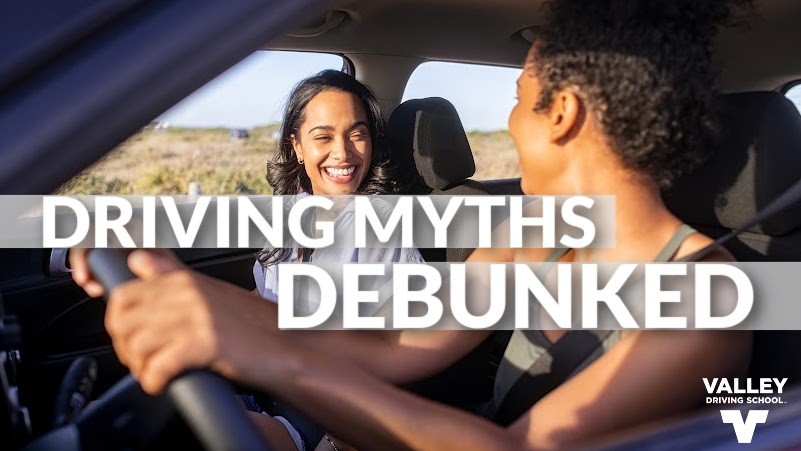
This blog is covering some of the most common myths we hear from our students, and letting you in on what the facts are behind them.
Myth #1: Freeway driving is more dangerous than driving on residential roads
When we are first learning how to drive, driving on the freeway can be an intimidating experience. It's common to hear people talk about the dangers of driving on the freeway, but the truth is, it's no more dangerous than driving on any other road. In fact, it can be safer because there are fewer intersections and no pedestrians to worry about.
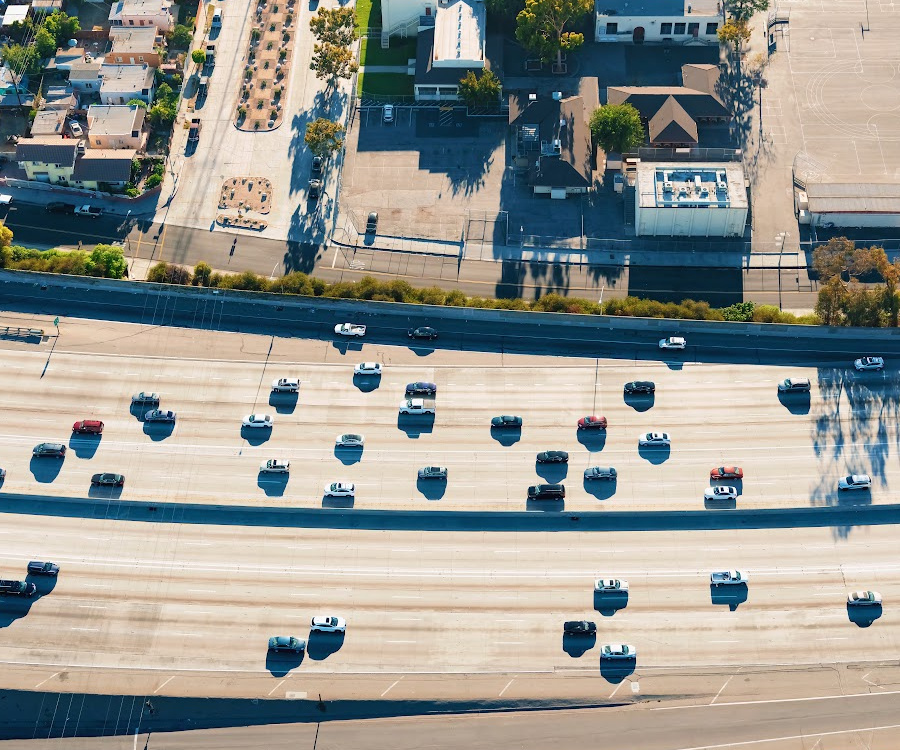
Of course, there are specific risks that come with driving on the freeway, such as higher speeds and the need to maintain a safe distance from other vehicles, but as long as you're mindful of these risks, there's no reason to avoid the freeway altogether.
Myth #2: Electronic devices are safe to use, as long as it’s hands-free
Many people assume that hands-free devices are safe to use while driving because they allow us to use our phones without taking our hands off the wheel; however, research has shown that this is not necessarily the case. When we're talking on the phone, our focus is split between the conversation and our surroundings, and this split attention can lead to a delayed reaction time. Additionally, studies have found that hands-free devices can create a cognitive distraction and lead to an increased chance of collisions.
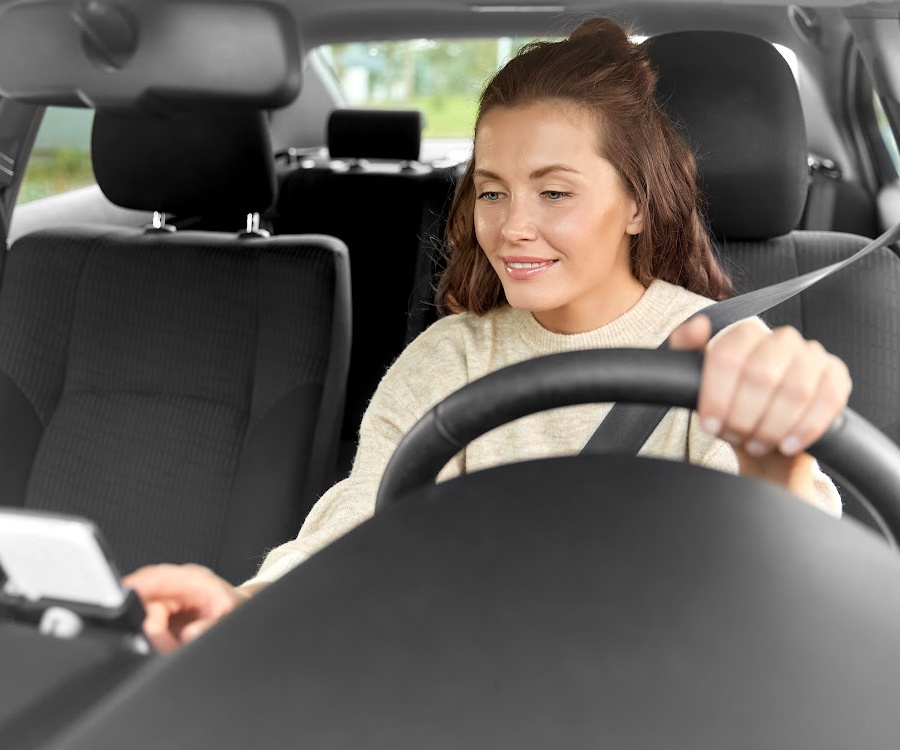
The best practice is to avoid using your phone entirely, whether you're holding it or using a hands-free device. Class 7 Learners and Class 7 Novice drivers are prohibited from using any electronic device, including hands-free and bluetooth devices. If you need to make a call or send a text, pull over to a safe location before using your phone.
Myth #3: It’s safe to drive after a few drinks
The belief that it's safe to drive after consuming a few drinks is a common misconception. Alcohol can significantly impair judgment, reaction time, and coordination, even at relatively low blood alcohol content levels. Class 7 Learners and Class 7 Novice drivers are prohibited from having any alcohol in their system; they must always have a zero blood alcohol content.
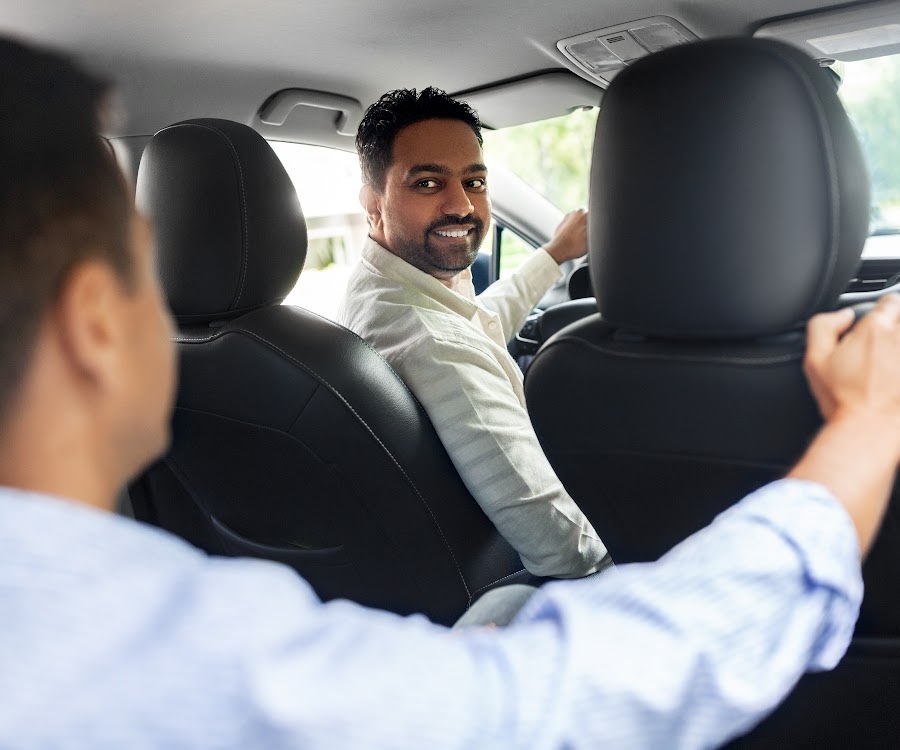
It's important to recognize that alcohol affects individuals differently. Even a small amount of alcohol can significantly impair driving abilities in some people. Furthermore, the "one drink an hour" rule is a fallacy. Alcohol is processed at varying rates in different individuals, and factors such as food consumption and overall health can influence how quickly alcohol is metabolized.
Ultimately, the only safe way to drive is sober. There's no way to accurately predict how alcohol will affect a driver, so the safest approach is to avoid drinking and driving altogether. By understanding the dangers of drunk driving and making responsible choices, individuals can help ensure their own safety and the safety of others on the road.
Myth #4: You don't always need to use turn signals
It's a common misconception that turn signals are unnecessary to use when there's little to no traffic. Turn signals serve as a vital communication tool for other drivers as well as the cyclists, pedestrians, and other road users around.
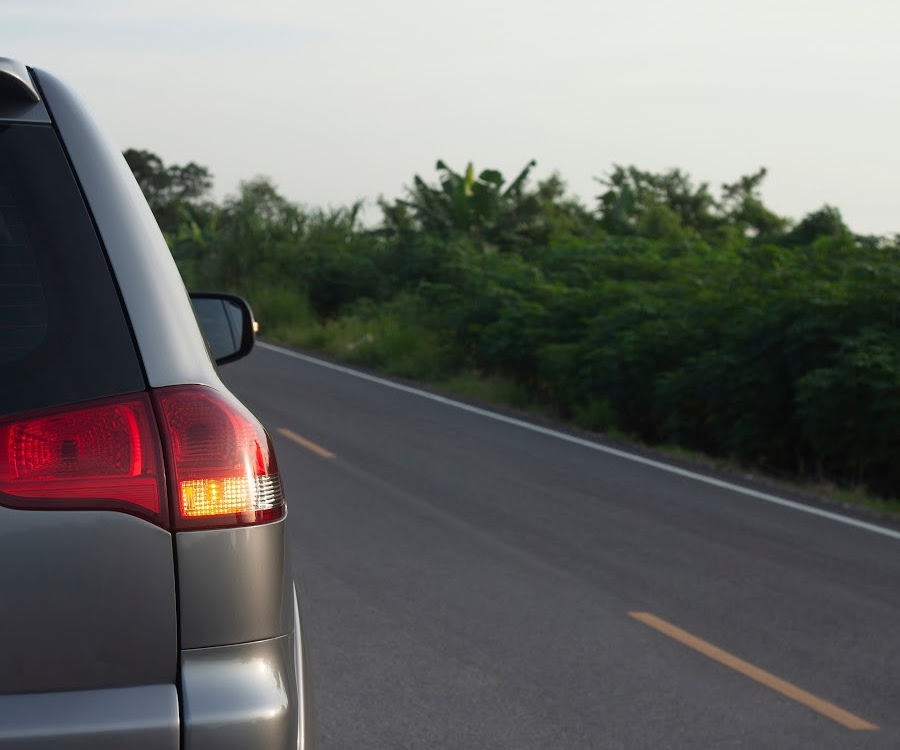
Even when driving alone on a quiet road, using turn signals can prevent accidents and misunderstandings. For instance, a pedestrian may be about to cross the street without noticing the driver if they haven't signaled their intention to turn. By using their turn signal, the driver is giving the pedestrian a clear indication of their next move, allowing them to safely cross or wait. Using turn signals when “alone” on the road is also important in a situation where other road users may come suddenly into the area.
Turn signals are meant for drivers to alleviate confusion, not create confusion! Drivers can alleviate confusion by indicating their intentions to other road users and allow them to be prepared for your actions. Parking lots, roundabouts, and merging lanes are some examples of where confusion can easily be alleviated if drivers are using their turn signals.
Additionally, using turn signals consistently helps to develop good driving habits. This can be especially important for new drivers or those who may be distracted. By making it a habit to use turn signals in all traffic conditions, drivers are less likely to forget or neglect this crucial safety measure when driving in busier areas.
Myth #5: Using cruise control is dangerous
While some people believe that using cruise control can lead to accidents, this is actually a misconception. Cruise control can be a helpful tool for maintaining a steady speed, especially on long trips, however, it's important to use cruise control responsibly. Cruise control should be reserved for use once you’re comfortable, confident, and experienced behind the wheel.
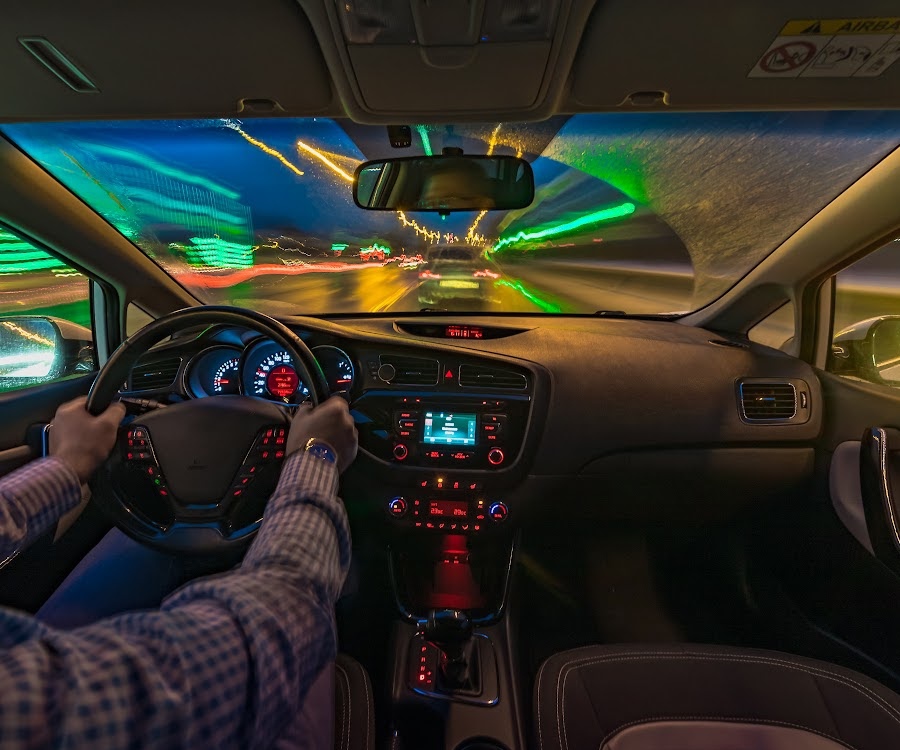
To ensure safe usage, it's essential to avoid relying solely on cruise control. Be prepared to take over manual control of your vehicle, especially in challenging conditions like adverse weather or heavy traffic. Additionally, set a safe speed that is appropriate for the current circumstances and avoid setting it too high. Maintaining a safe following distance from the vehicle ahead is crucial, even when using cruise control. And finally, always remain vigilant and aware of your surroundings, as you may need to brake or accelerate quickly to respond to unexpected situations.
–
Driving myths can be dangerous. There are many common driving myths that can lead to unsafe driving practices but by understanding the truth behind these myths, you can become a safer and more confident driver. Stay informed, practice safe driving habits, and continuously strive to expand your knowledge of the road. Your commitment to safe driving can help make the roads safer for everyone.
